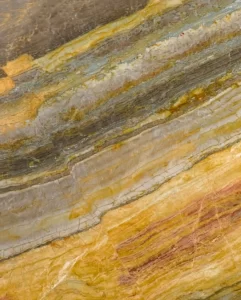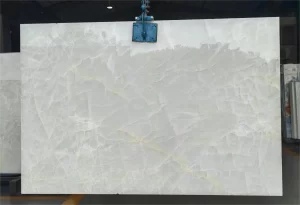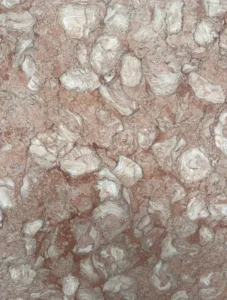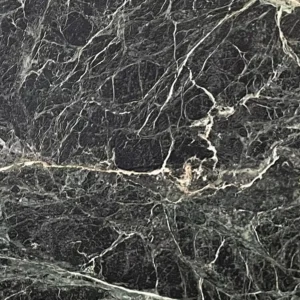Travertine Roman Ι Tri Streams Stone
Descripción de los productos
As a natural stone with a long history and unique charm, Travertino Romano has been a treasure in the field of architecture and sculpture since ancient times. With its unique texture, gentle color and excellent physical properties, it is loved by architects, designers and consumers around the world. This article will introduce the characteristics, applications, maintenance, and future development trends of Travertine Roman in detail, and bring you the extraordinary charm of this natural miracle.
Características
- Unique texture: Travertine Roman have natural holes and textures. These holes are different in size and different shapes, adding a unique artistic atmosphere to the stone. Under the sun, these holes will show a charming light and shadow effect, making the stone more vivid and three-dimensional.

- Musty color: The color of Travertine Roman is diverse, mainly white, gray and beige. These colors are gentle and soft, giving people a quiet and comfortable feeling. At the same time, the color of the Roman cave stones gradually deepen over time, showing a kind of precipitation and a sense of heavyness.
- Excellent physical properties: Travertine Roman have high hardness, density and abrasion resistance, which allows it to maintain stable performance in various indoor and outdoor environments. In addition, Travertine Roman also have good frost resistance and wind resistance, and can maintain a long life span under extreme climate conditions.
Aplicación
Building field: Travertine Roman are widely used in the construction field, and can be used for decoration of walls, ground, columns, steps and other parts. Its unique texture and color can add a simple and elegant atmosphere to the building, making the building more historically and cultural. At the same time, the excellent physical properties of Roman cave stones have also made it the first choice for high-end buildings.


Sculpture field: Travertine Roman are one of the important materials in the field of sculpture. Its unique texture and warm color make the sculpture more vivid and realistic. Many well-known sculptures are made from Roman cave stones, such as sculpture works in the ancient Roman period and outstanding creations of modern sculptors.
Indoor decoration: The application of Travertine Roman in the field of indoor decoration is also becoming more and more widely used, which can be used for decorations in background walls, fireplaces, bar counters, and washing tables. Its unique texture and color can add a natural and rustic atmosphere to the indoor space, making the indoor environment more comfortable and livable.




Maintenance
Regular cleaning: Travertine Roman need to be cleaned regularly to maintain its aesthetics and performance. When cleaning, gently wipe the surface of the stone with a neutral cleaner or soft cloth to avoid using acidic or alkaline cleaner to avoid damaging the surface of the stone.
Waterproof and pollution-proof: Although Travertine Roman have good waterproof performance, they still need to pay attention to waterproof and moisturizing during use. Avoid pollutants such as water or contact with oil pollution for a long time, so as not to damage or change color on the surface of the stone.
Maintenance and maintenance: In order to maintain the long-lasting beauty and stability of Travertine Roman, maintenance and maintenance requires regular maintenance. Professional stone maintenance agents can be used for care to enhance the waterproof and wear-resistant and abrasion resistance of stone.
The future development trend
With the continuous improvement of people’s demand for nature, environmental protection, and personalization, Travertine Roman, as a natural, environmentally friendly, unique decorative material, their market demand will continue to grow. In the future, Roman cave stones will be applied and developed in more fields, such as green buildings and cultural and creative industries. At the same time, with the continuous progress and innovation of technology, the processing and maintenance technology of Travertine Roman will also be more mature and perfect, providing consumers with better products and services.
Conclusión
In short, Travertine Roman has become a treasure in the field of architecture and sculpture with its unique charm and excellent performance. In the future development, Roman cave stones will continue to play its unique advantages and role to create a better, comfortable, comfortable and livable living space for people.





